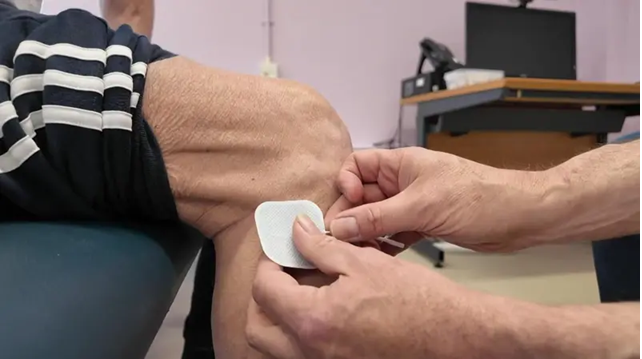Researchers say we’re on the cusp of a new era where physicians will personalise care, adjusting medications and pacemakers based on videos captured at home by patients that can be analysed by artificial intelligence (AI).
Despite recent advancements in the treatment of Parkinson’s disease, it remains a challenge to accurately measure the progression of symptoms. While noticeable symptoms like tremors, stiffness and slowing of movement can be observed, there have been few ways to quantify changes in symptoms outside of a clinical setting – up until now.
Researchers at University of California San Francisco have developed a video-based analysis system enabled by machine learning, a type of artificial intelligence (AI), to quantify and validate motor symptom severity in patients with Parkinson’s.
An interview was conducted with co-senior study authors Simon Little, MBBS, PhD, Associate Professor of Neurology and Reza Abbasi-Asl, PhD, Assistant Professor of Neurology about the breakthrough and what role AI plays.
Why design this system for Parkinson’s?
Little: Parkinson’s is the most common and severe movement disorder. It is also the fastest growing neurological disorder and is rapidly becoming more prevalent in the U.S. and around the world. We wanted to design a system using machine learning that would enable us to quantify movements objectively and allow us to tailor treatments to patients individually according to their objectively quantified movements.
Why it is important to quantify Parkinson’s motor symptoms?
Little: To adjust treatment appropriately. This includes medications and brain stimulation, tracking patients over time and having sensitive measures for clinical trials.
What is the standard approach to measuring Parkinson’s motor symptoms?
Little: The standard approach to measuring Parkinon’s motor symptoms is a subjective qualitative clinical examination by an expert neurologist where a patient repeats movements like finger tapping, foot tapping and hand movements.
Historically, clinicians have looked at those types of movements and subjectively scored them with a score: slight, mild, moderate or severe. There have been quite a number of different efforts to measure things more objectively, using things like wearable sensors on the body, or using other machine learning techniques.
So far, those have generally remained at the research level and are only just starting to make their way into useful clinical practice.
What differentiates your system from these clinical approaches?
Little: Our system is quick, objective, quantitative and looks at multiple types of movement – not just the movements covered in the standard clinical examination.
It also works on standard video equipment, such as from a smartphone or tablet. This system gives an objective number score to how much the disease is impacting the patient’s movements, including changes to the speed or quality of the movements. The system can also look at a bigger library of movements.
Abbasi-Asl: Another key component of our system is its ability to provide explanations on how it can predict Parkinson’s severity. This enables us to identify the most common movement patterns in different disease severity groups.
Can you explain how smartphone or tablet videos are translated into measurable data with AI?
Abbasi-Asl: The beauty of our approach is that our AI-enabled system transforms short videos of patients during different movement tasks into digitised and computer-friendly movement data. Our system identifies the different landmarks or body parts on these videos and then uses the movement of those body parts to differentiate between different disease severity groups.






